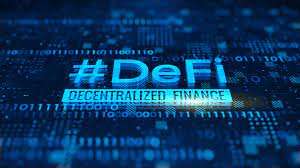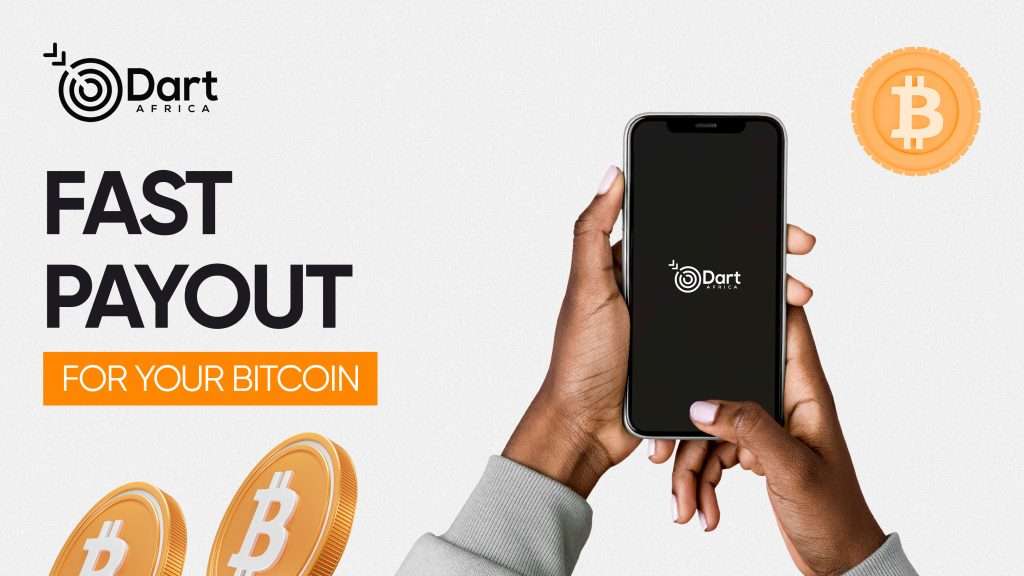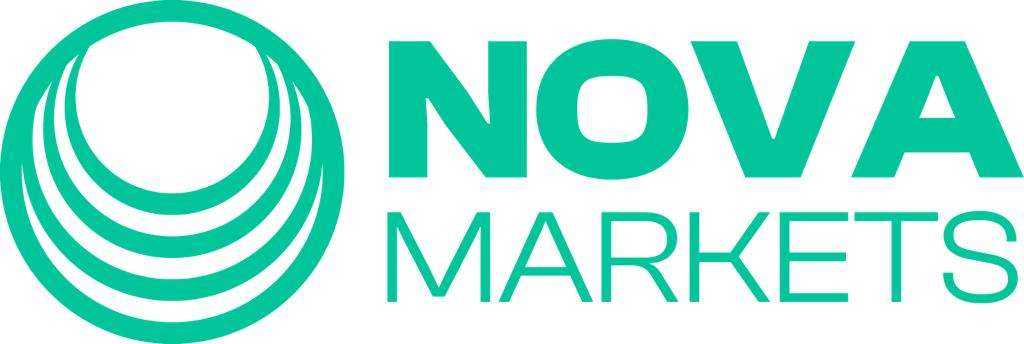Decentralized Finance (DeFi), exists as a finance mechanism within the crypto space whose primary essence is decentralized financial services provision. The world’s financial sector is evolving, and people are matching this energy by leveraging decentralized financial services to upscale.
We do not need traditional brokers, and DeFi is here to make that a reality as it completely brings relief to the sting of unfavorable gatekeeping policies. DeFi is very much different from the existing centralized world of finance.
The aim of this development is the eradication of the loopholes in the fabric of the traditional financial sector. This is so that users are granted access to relatively better financial options.
However, DeFi, just like every other sector of finance, has its pros and cons. Hence, the need to properly learn about DeFi, and not blindly jump on the bandwagon. How to get started with DeFi? Let’s take a sneak peek.
Getting Started With DeFi: The Important Things To Know
Before we dive into how to get started with DeFi, we must take a sharp look at DeFi’s foundation. DeFi is built on a Blockchain. A Blockchain is a decentralized entity that sums up to a database where no central authority has control over the data therein (as opposed to the fiat system that can be affected by government policies and other factors) — this is where its decentralized structure stems from — and it also extends to every protocol formed on it.

Well, if “protocol” sounds novel, here’s what it means; it’s a form of agreement written in codes that houses transaction records and defines the way users are allowed to interact with crypto, ranging from; trading crypto, participation in the liquidity pool, borrowing and lending of crypto, and the overall use of crypto as a digital asset. All of these sum up to what is known as a “smart contract.”
Decentralization comes into play when “protocol” developers structure it in a way that the smart contract’s control and ownership are in users’ hands — making the assets therein community-controlled. The Ethereum blockchain serves as the common home on which most DeFi protocols and apps are built.
How To Begin DeFi Investment
We are still faced with the million-dollar question; how then can one get started with DeFi? If you’ve gotten a good grasp of what DeFi is, unless you put it into actual practice, it will remain mere head knowledge — here’s a detailed guide on how to begin.
There are DeFi coins and DeFi tokens, you can decide on which to invest in and begin. But firstly, you need to get a wallet. Choose a wallet that offers you the luxury of connecting to many DeFi protocol options. Wallet in this class gives you access to as many DeFi investors as possible. MetaMask is one good choice for this.
1. Buy and sell DeFi tokens and coins
Next, buy DeFi tokens or coins. The idea is simple: buy at a cheaper rate, and sell much later when the price gets high. You can get involved in your choice protocol too to earn. But ensure that whatever DeFi coin you’re buying, syncs with the DeFi protocol you want to get involved with.
2. Lend out DeFi coins and tokens and get rewards
Many existing DeFi protocols support the borrowing and lending of DeFi coins and tokens. So it means investors can lend coins without losing custody of it, and in the end, gain rewards for the lent-out assets. The security measure in place is that whoever you lend to must grant access to the equivalent lent sum in a different supported asset form to serve as collateral. So, you’re good.
3. Eran via DeFi staking
This is one of the common ways investors can earn rewards. DeFi staking comes into play when crypto coins or tokens are held on a platform in a way of adding it to a staking pool. Here, there’s an existing algorithm that determines which node validates what block and rewards it thereafter.
DeFi staking can also come in the form of liquidity mining where users help to form a liquidity pool by moving their DeFi cryptos and tokens to a DeFi network which is utilized by decentralized exchanges for transaction facilitation. Rewards follow thereafter. Although not all coins support DeFi staking. Bitcoin is an example. Ethereum is good to go.
Crypto Trading And Exchanges
What the right operating tools are to a workman, is what the ideal exchanges are to a crypto trader. And it’s quite deplorable that not many people are abreast with how this works. The bandwagon effect gets people using the big and popular exchanges to carry out all crypto activities. This is a terrible practice.
We have seen how some of the popular exchanges like Paxful and Binance are treasured for their great trading features. However, it’d be a gross disservice to self to deny the effectiveness of Dart Africa as it pertains to converting crypto to cash. The hassle-free process, fast payment time, user-friendly interface, and customer support system that sees to users’ conversion needs has done greatly in increasing the daily sign-ups.

It all boils down to a user’s ability to do their due diligence and adopt exchanges as would be ideal to carry out different trading functions.
Conclusion
Understand that relatively, DeFi is a new concept. This translates to the fact that DeFi isn’t very strong on financial operation grounds. Coding inconsistency can as well lead to cyber attackers and scammers taking advantage of possible bugs resulting in losses. Hence, investors are advised to make investments with funds that when lost, cannot cause financial havoc in their lives.
There’s also a chance that scammers masquerading as developers can create codes in the smart contract that allows them access to investors’ funds where they can be cleared and not be traceable. This common scam is known as “DeFi rug pulls.” In all, investing in DeFi is great if you’re experienced enough to know your way around.



